Some gemstones are so closely associated with their top place of origin that the mere mention of their source conjures up visions of breathtaking beauty. Say Golconda diamonds for instance, and a vision of impossibly clear, colorless diamonds come to mind. Colombian emeralds evoke images of exciting vivid green crystals. Kashmir sapphires — specifically the kingdom of Kashmir and Jammu symbolizes the epitome of intense velvety blue stones unlike sapphire found anywhere else. And you can’t think of pink diamonds without the Argyle mine coming to mind. So, when you say ruby, you are probably thinking of Burmese ruby—especially from Mogok valley.
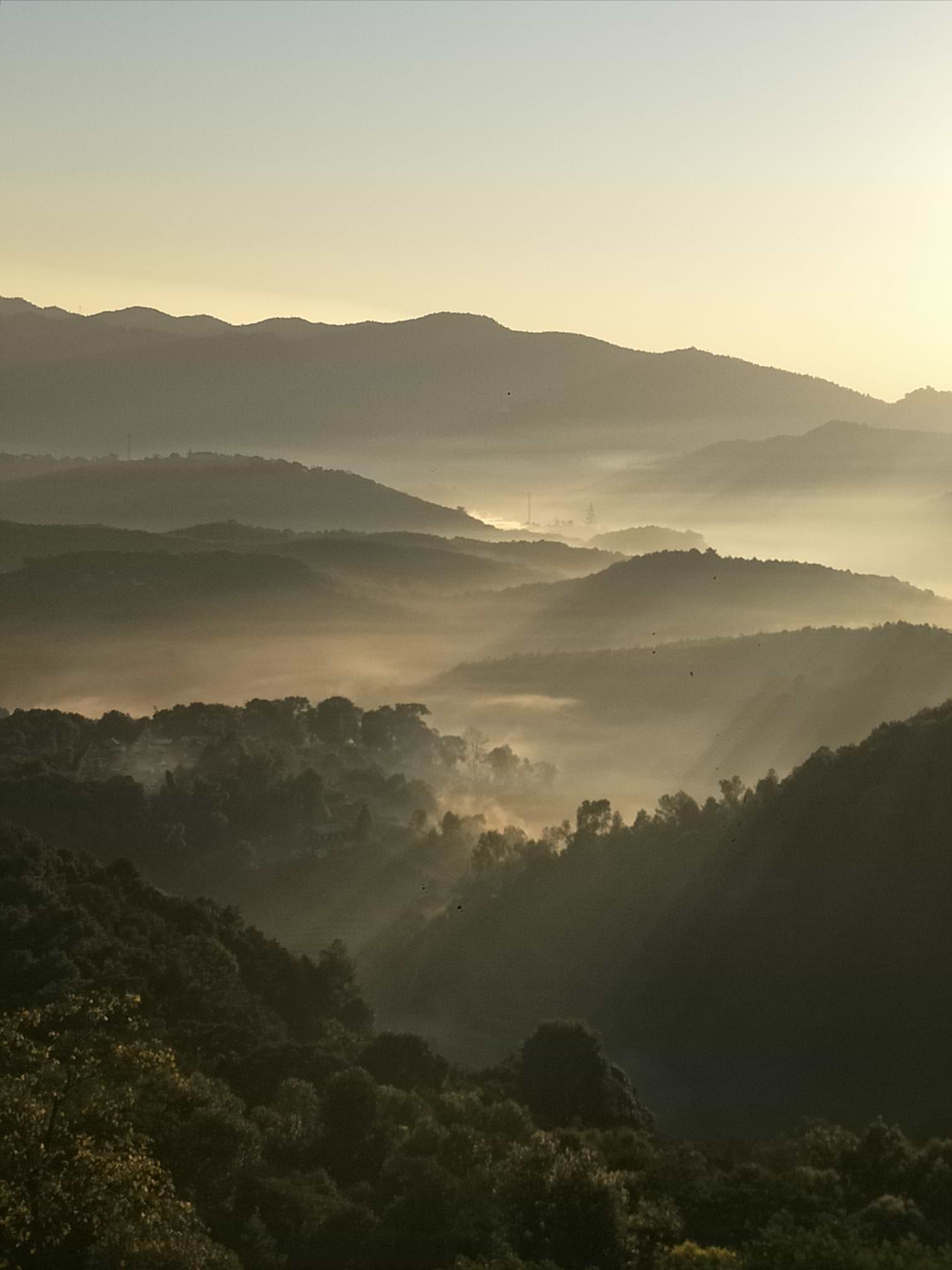

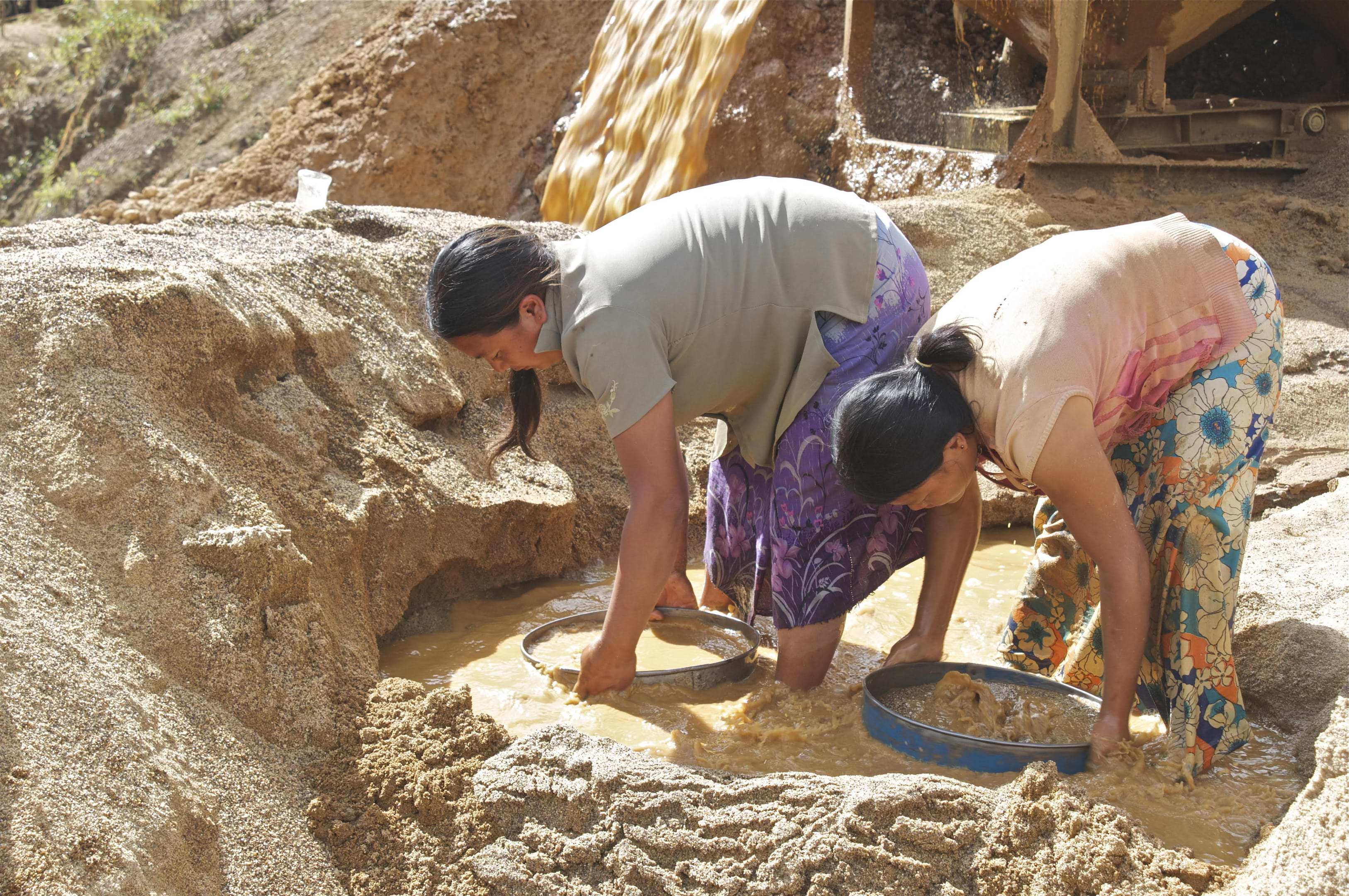
Mogok, Myanmar. (Federico Barlocher)
Quality notwithstanding, there’s an understory woven throughout the history of Burmese ruby that elevates it to mythical status. It is irrefutably the world’s most valuable colored gem. Ancient Burmese warriors believed ruby safeguarded them in battle. Primeval folklore attributed mythical qualities like luck and protection to the shimmering stone. Ratnaraj, Sanskrit for ruby translates to ‘king of precious stones.’ They have been linked to royalty for eons, turning up in some of the most splendid crown jewels in the world. In modern times, ruby’s blazing color captivated the imagination of Hollywood royalty and American socialites too.
What is a Ruby?
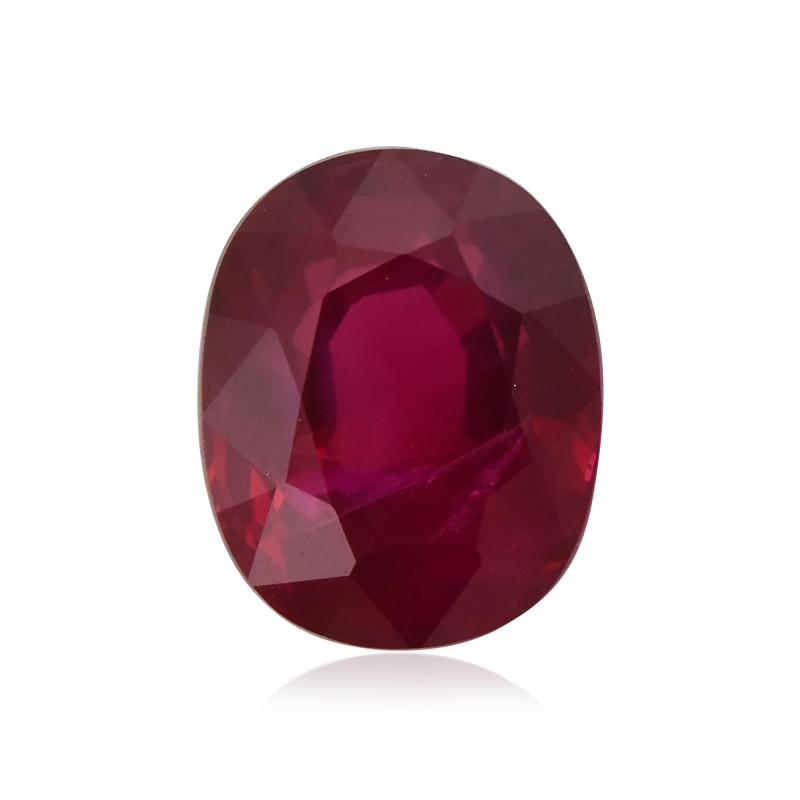
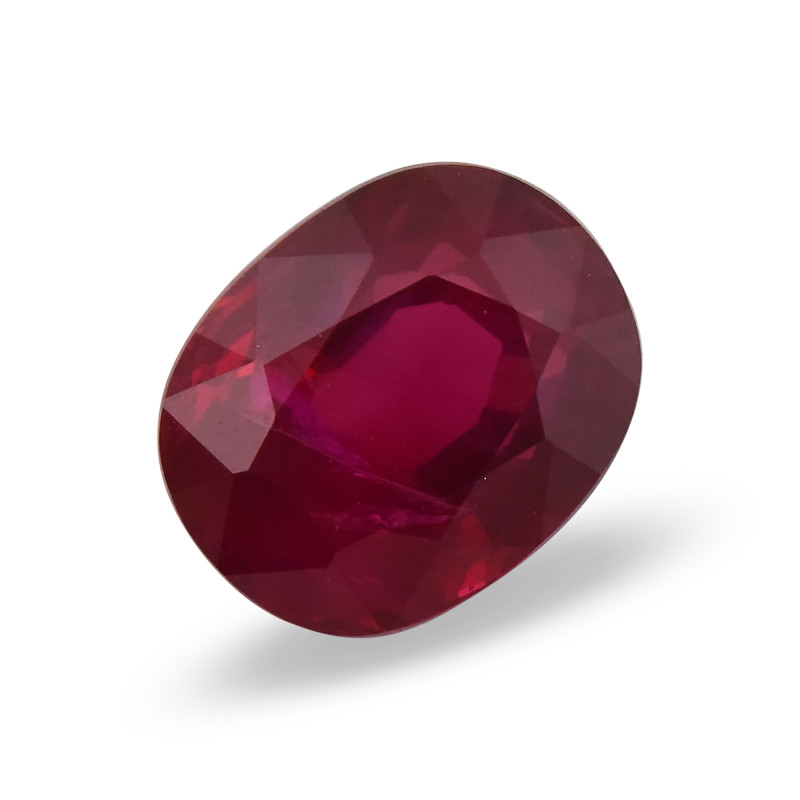
Why Mogok?
For those in the know, simply saying the word Mogok brings to mind the intense pigeon blood hue found only in rubies originating in a small slip of land high in the mountains of Myanmar (formerly Burma). The ancient town of Mogok may be just four miles long, but it boasts a reputation the world over for luscious red rubies that connoisseurs crave. These Burmese rubies are celebrated for their pure red hue, with just enough translucency in them to allow light to bounce around inside until it returns to the eye producing the magnificent color we adore. Top quality Mogok ruby is distinguished by a slightly purple hue to its vividly saturated red. Called pigeon blood red, the indescribable softness they display is the result of microscopic light-scattering ‘silk’ inclusions which diffuse light with velvety results. These traits make Mogok ruby the standard by which all other rubies are judged. We can thank Mogok mines for giving us over 90% of the best Burmese ruby ever produced.
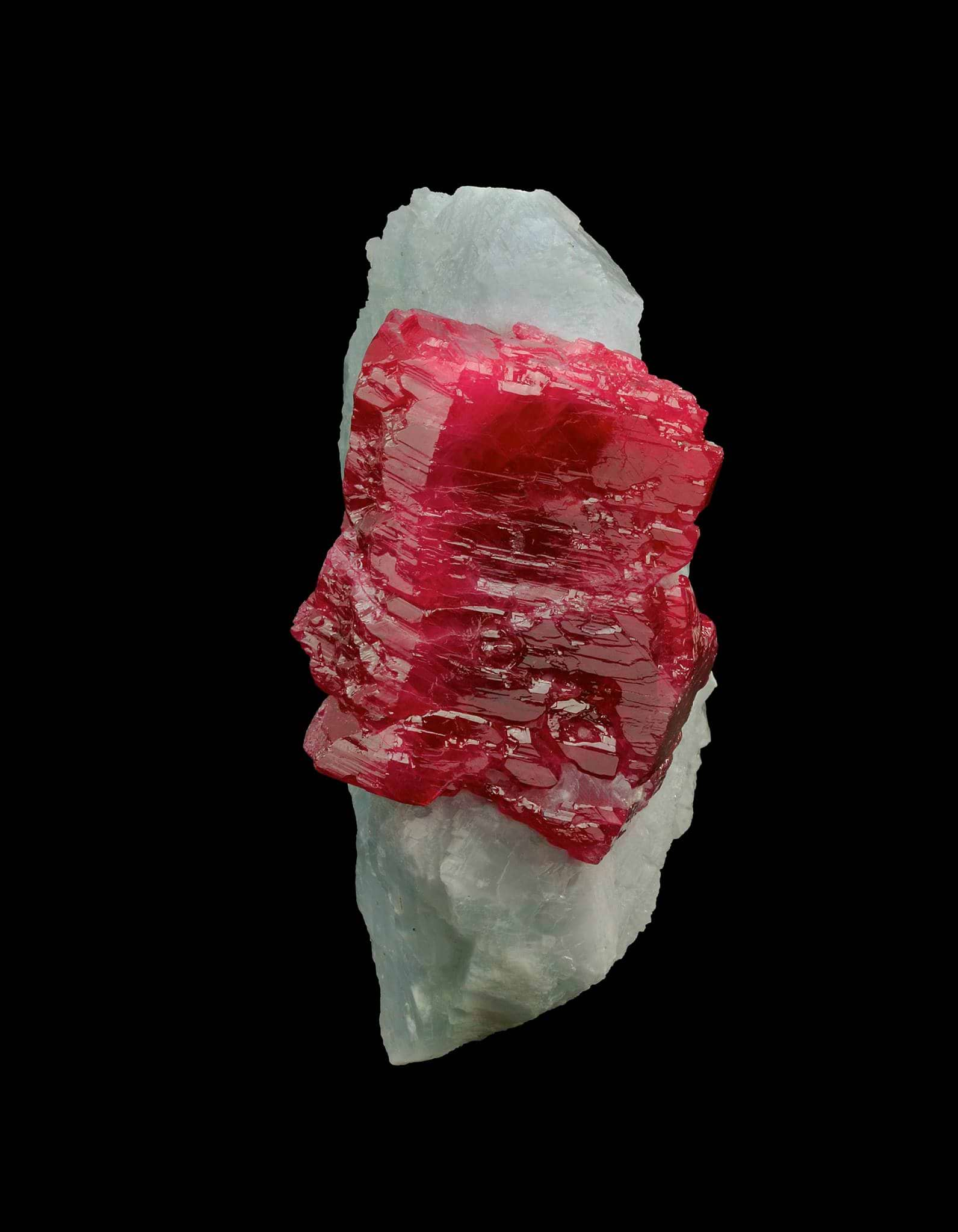
Color Dominates
When it comes to ruby, color is the dominant driver. While it’s rare to find ruby that’s free of inclusions, their value is greatly impacted by the level of visibility produced by the inclusions. While these details are fine descriptors of Mogok ruby, most Myanmar mines are no longer producing gemmy stones. Nearly all Burmese ruby in the market today was extracted decades back, even 100 years ago. Though difficult to acquire, the little Burmese ruby coming out from Myanmar has not always been met with open arms. Some jewelers refuse to do business with Myanmar because its political leaders have made life difficult for its citizens, especially ethnic minorities living there.
Gem dealers insist that while Mogok rubies have that mythical mystique surrounding them, there’s simply no product to be had. With Mogok supplies nearly non-existent and consumer demand high, serious collectors head to auctions for authentic Mogok stones.
But there’s another source for fine ruby today that is available to collectors. Mozambique ruby is nearly on par with Mogok ruby, some believe. Without Mogok’s romantic provenance, Mozambican ruby sells far below Burmese per carat prices. Mozambique ruby is a true 21st century stone offering the consumer a similar color and transparency to Mogok ruby. Their color is sometimes expressed as ‘pigeon blood’ to explain their closeness in hue to Mogok ruby. Still, sizes above 1 carat are rare. Connoisseurs may claim however, that only Mogok ruby will do. For that collector, the auction block is their most reliable source for stones. ▼
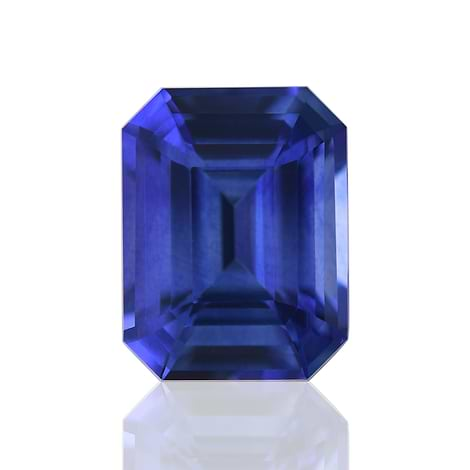
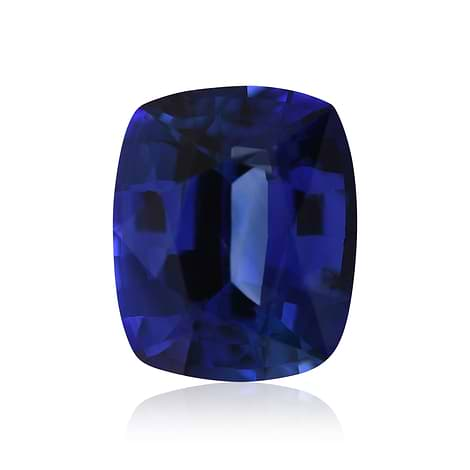

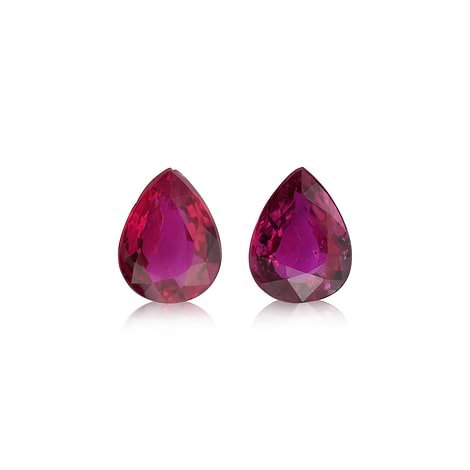

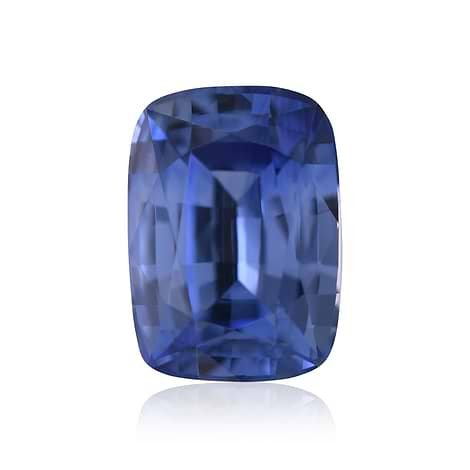
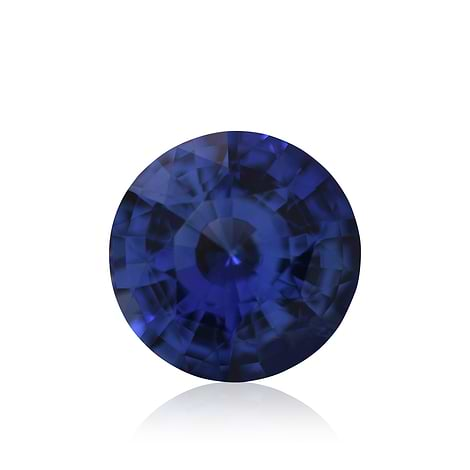
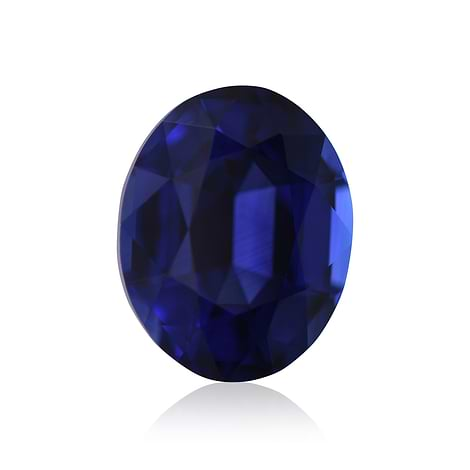
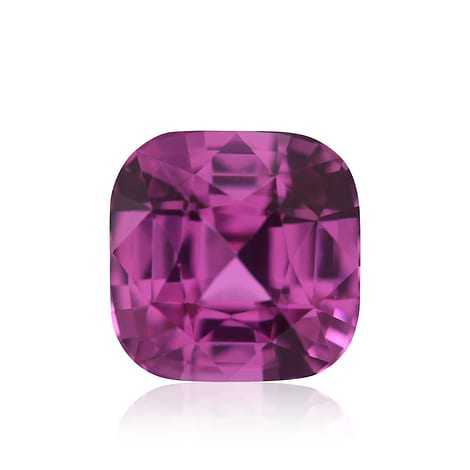
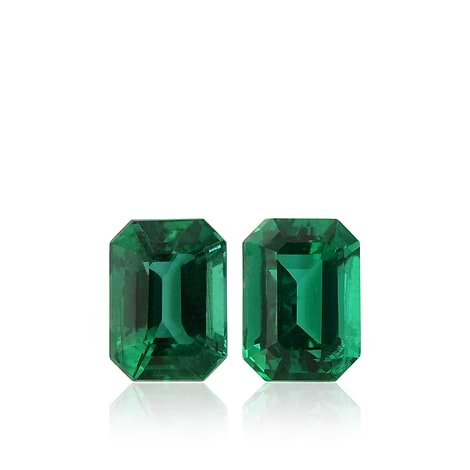
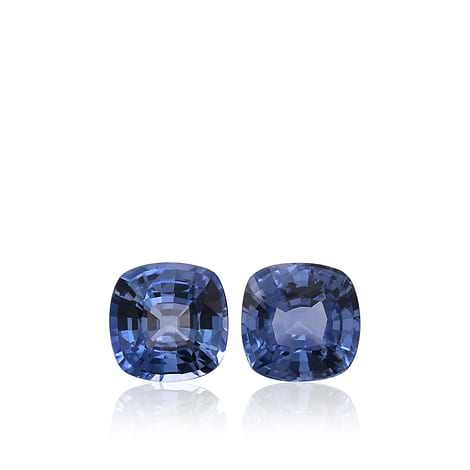
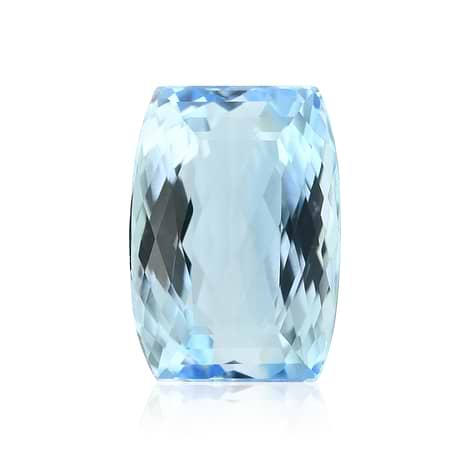
.png)

